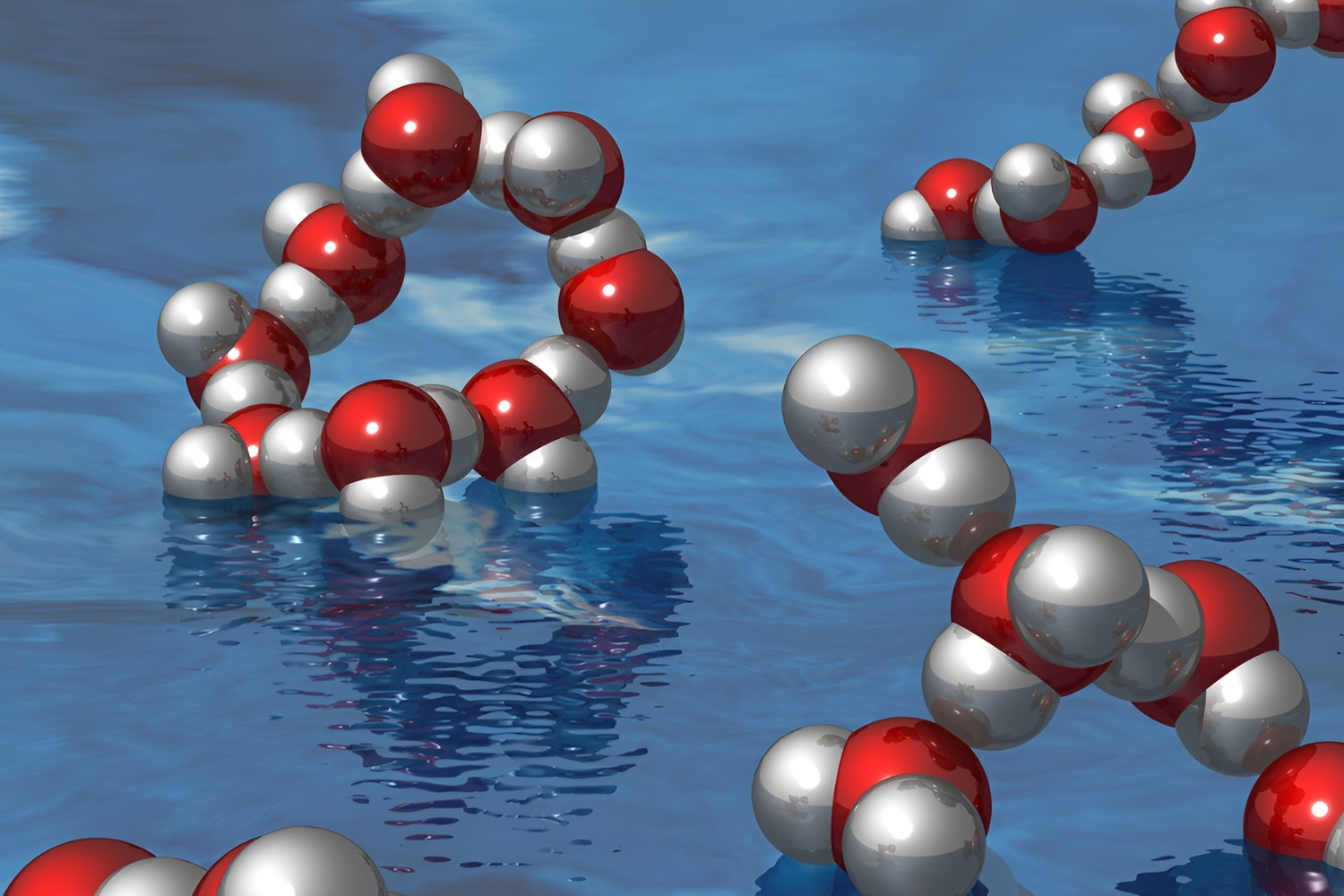
Molecular physics is a fascinating field that dives into the behavior and interactions of molecules. Ever wondered how molecules form, move, and interact? This branch of physics holds the answers. Molecular physics explores the structure of molecules, the bonds that hold them together, and the forces they exert on each other. It’s like peeking into the microscopic world to understand the building blocks of everything around us. From the air we breathe to the food we eat, molecular physics plays a crucial role. Ready to uncover some mind-blowing facts about this intriguing subject? Let’s dive into the world of molecules and see what makes them tick!
Key Takeaways:
- Molecular physics studies how tiny particles called molecules behave and interact. It helps us understand things like how drugs work and how to make new materials with special properties.
- Quantum mechanics is a big part of molecular physics. It helps explain how molecules absorb and emit light, and even how particles can pass through energy barriers.
What is Molecular Physics?
Molecular physics studies molecules, their bonds, and interactions. It combines principles from quantum mechanics, chemistry, and physics to understand molecular behavior.
- Molecular physics investigates the physical properties of molecules, including their structure and dynamics.
- Quantum mechanics plays a crucial role in molecular physics, explaining how molecules absorb and emit light.
- Spectroscopy is a key technique used to study molecular structures by analyzing the interaction of light with matter.
- Molecular bonds are primarily covalent, where atoms share electrons to form stable structures.
- Van der Waals forces are weak attractions between molecules, significant in understanding molecular interactions.
The Role of Quantum Mechanics
Quantum mechanics provides the framework for understanding molecular behavior at the atomic level. It explains phenomena that classical physics cannot.
- Wave-particle duality describes how particles like electrons exhibit both wave and particle properties.
- Heisenberg's Uncertainty Principle states that one cannot simultaneously know the exact position and momentum of a particle.
- Schrödinger's equation is fundamental in predicting how quantum systems evolve over time.
- Quantum tunneling allows particles to pass through energy barriers, crucial in many chemical reactions.
- Electron orbitals are regions around a nucleus where electrons are likely to be found, determined by quantum mechanics.
Spectroscopy and Molecular Analysis
Spectroscopy involves studying the interaction between electromagnetic radiation and matter. It's essential for identifying molecular structures and compositions.
- Infrared spectroscopy measures molecular vibrations, providing information about bond types and strengths.
- Nuclear Magnetic Resonance (NMR) spectroscopy uses magnetic fields to study the environment of atomic nuclei, revealing molecular structures.
- Ultraviolet-visible (UV-Vis) spectroscopy analyzes electronic transitions in molecules, useful for studying conjugated systems.
- Raman spectroscopy complements infrared spectroscopy by measuring vibrational modes of molecules.
- Mass spectrometry identifies molecules based on their mass-to-charge ratio, aiding in molecular identification and structural analysis.
Molecular Bonds and Interactions
Understanding molecular bonds and interactions is crucial for predicting molecular behavior and reactions.
- Covalent bonds involve the sharing of electron pairs between atoms, forming strong and stable connections.
- Ionic bonds result from the electrostatic attraction between oppositely charged ions, often forming crystalline structures.
- Hydrogen bonds are weak interactions between a hydrogen atom and an electronegative atom, significant in biological molecules like DNA.
- Dipole-dipole interactions occur between molecules with permanent dipoles, influencing boiling and melting points.
- London dispersion forces are weak intermolecular forces arising from temporary dipoles, present in all molecules.
Applications of Molecular Physics
Molecular physics has numerous applications in various fields, from medicine to environmental science.
- Drug design relies on understanding molecular interactions to create effective pharmaceuticals.
- Material science uses molecular physics to develop new materials with specific properties, like superconductors.
- Environmental monitoring employs spectroscopy to detect pollutants and analyze atmospheric composition.
- Astrophysics uses molecular physics to study the composition of interstellar matter and planetary atmospheres.
- Nanotechnology leverages molecular principles to create devices and materials at the nanoscale, revolutionizing technology and medicine.
The Fascinating World of Molecular Physics
Molecular physics is a field full of wonders and intricacies. From understanding chemical bonds to exploring quantum mechanics, it offers insights into the very fabric of our universe. Knowing that molecules are the building blocks of matter helps us appreciate the complexity of everything around us.
This field isn't just for scientists in labs; it impacts everyday life. Think about how medicines work or how materials are designed. Molecular physics plays a role in these advancements.
Whether you're a student, a curious mind, or someone looking to understand the world better, molecular physics has something to offer. It’s a reminder of how much there is to learn and discover. Keep exploring, keep questioning, and who knows? You might just uncover the next big breakthrough in this fascinating field.
Frequently Asked Questions
Was this page helpful?
Our commitment to delivering trustworthy and engaging content is at the heart of what we do. Each fact on our site is contributed by real users like you, bringing a wealth of diverse insights and information. To ensure the highest standards of accuracy and reliability, our dedicated editors meticulously review each submission. This process guarantees that the facts we share are not only fascinating but also credible. Trust in our commitment to quality and authenticity as you explore and learn with us.
